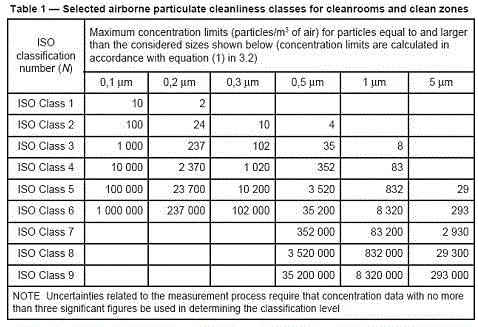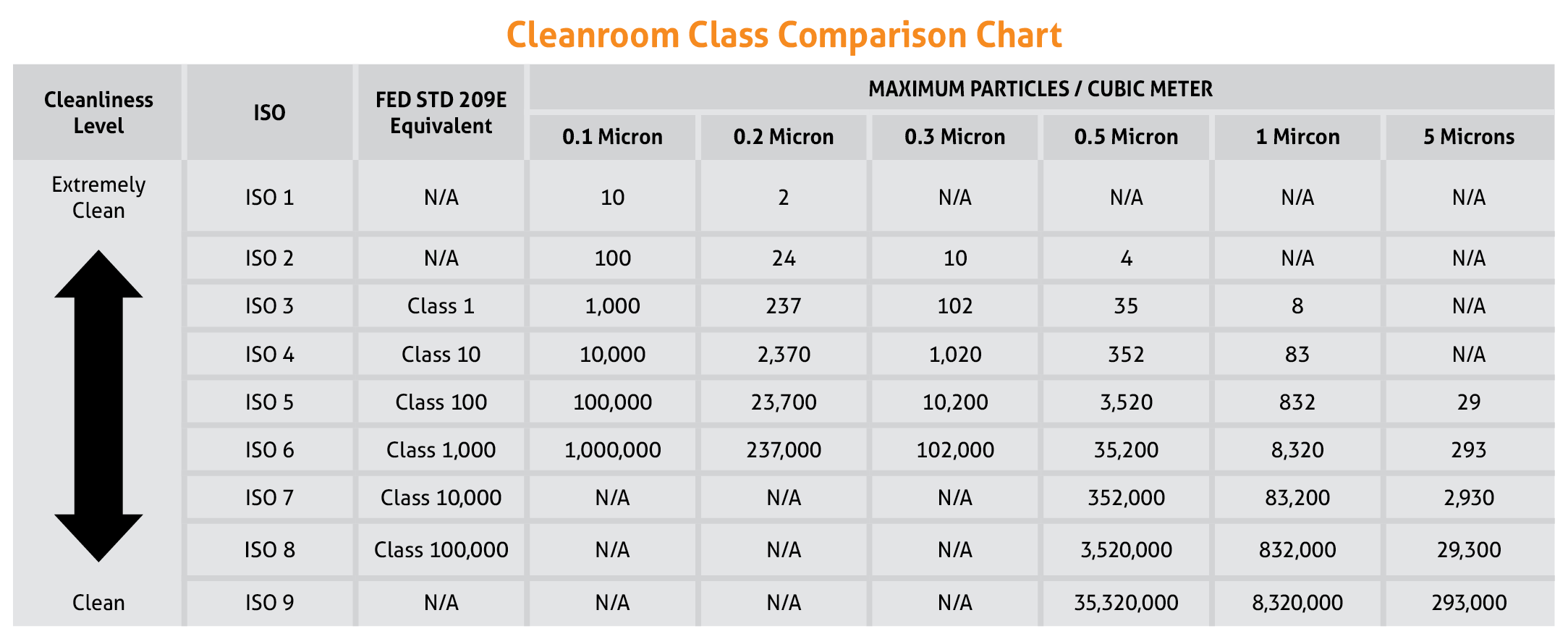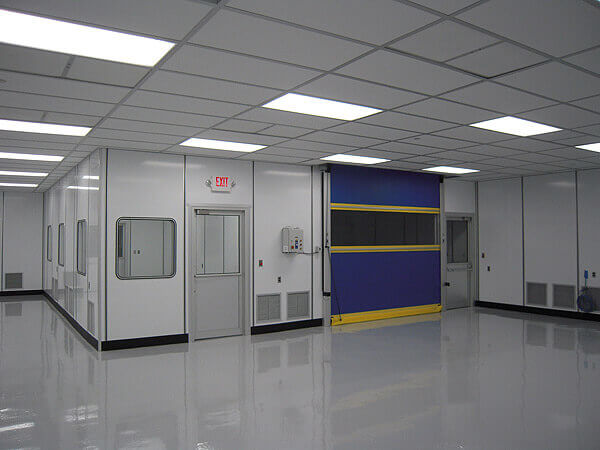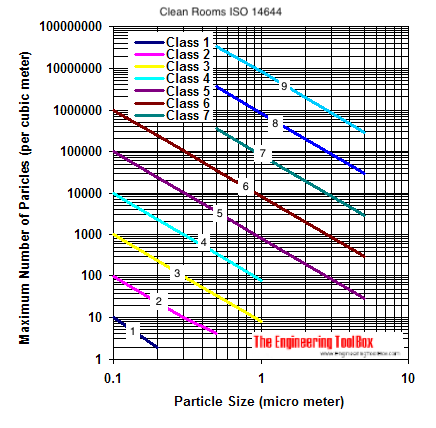Through its members it brings together experts to share knowledge and develop voluntary consensus based market relevant international standards that support innovation and provide solutions to global challenges.
Iso 9 clean room standards.
This near 100 coverage provides a laminar flow of filtered air to quickly remove contaminants from the room thus meeting fs209e standards for class 10 and iso class 1 standards.
In the uk british standard 5295 is used to classify cleanrooms.
Such coverage especially in a large cleanroom can lead to higher energy consumption thus increasing costs for both initial construction and ongoing operation.
In reality however you can reach an iso 6 clean room with 1 recommendation is 2 airlock.
The cleanroom classification standards fs 209e and iso 14644 1 require specific particle count measurements and calculations to classify the cleanliness level of a cleanroom or clean area.
Iso 14644 1 and iso 14698.
The latter to cleanrooms where biocontamination may be an issue.
Iso 6 cleanroom class 1 000 in theory for an entire room to reach iso 6 air cleanliness you need to enter the cleanroom via an iso 8 ante room then go through an iso 7 to finally get into the iso 6 as shown in the image.
Ordinary room air is around class 1 000 000 or iso 9.
The former applies to clean rooms in general see table below.
Analysis shows there are about 500 000 to 1 million particles per cubic feet of air.
To measure contaminants found in the cleanroom the standard deployed is a micron or micrometer μm micron measurement represents the cleanroom standard size for.





















